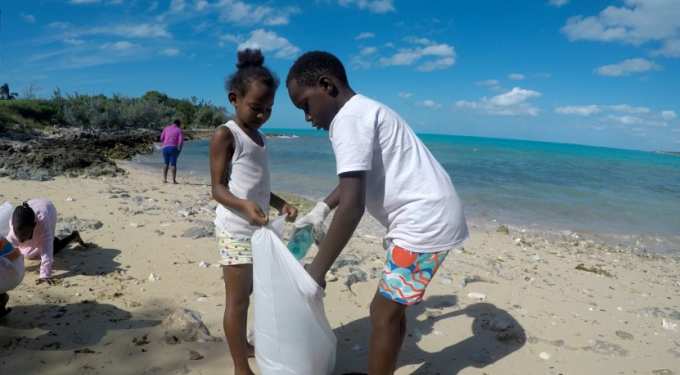Every year, the plastics in our oceans and other marine debris kill hundreds of thousands of sea birds, turtles and marine mammals. You’ve probably seen those tragic images of whales washing up on shores dead, their bodies filled with pounds and pounds of plastic.
Here in Jamaica, we are trying hard to reduce our use of plastic with the ban on plastic bags and straws. The increase in recycling facilities has also been encouraging, making us more conscious about how we dispose of our waste.
These are great preventative measures, but what about the plastic that is already in our oceans? As we all know, plastic can take decades to break down. So, if it’s still out there, where does it all go?
According to a New Yorker article by Carolyn Kormann,
https://www.newyorker.com/news/news-desk/where-does-all-the-plastic-goseveral theories attempt to explain the marine plastic problem. Researchers say only about one percent of all the plastic that has ever gone into the ocean remains on its surface. One theory is that all plastic eventually breaks down into microplastic or fibres and fragments smaller than poppy seeds. These microplastics enter the bottom of the food web, eaten by creatures like mussels, coral, sea cucumbers, barnacles and plankton, and as these creatures are eaten, the plastics and their chemicals continue to move up the food chain with dire consequences.
Macroplastics like buckets, toys, bottles, toothbrushes and flip flops on the other hand have been hypothesized to sink to the seafloor, degrading and becoming part of the sedimentary record. A lot of it is also eaten, resulting in the loss of much marine life.
A new hypothesis postulates that most plastic thought to currently be in the marine environment is actually stranded on beaches and shorelines, or buried under sand and rocks. On various ocean clean-ups, researchers collected much trash that was decades old rather than new. This, however, is perplexing. If plastics eventually break down into microplastics or degrade on the seafloor, then logically much of the collected trash should have been from more recent years; trash not yet broken down.
The ultimate explanation is that plastics circulate between coastal environments, continuously being moved around, surfacing and resurfacing on beaches and shores. The older trash collected had simply escaped this cycle. In this theory, land would ironically be the store of much of the missing plastic debris rather than the greatly undiscovered oceans.
If this hypothesis is correct, it may be both good and bad news. The bad is that most marine life exists near coastlines. Therefore, plastic can be considered most harmful when near land, even more than if it were to sink to the ocean’s depths somewhere offshore. The good news is that this means a relatively simple action like cleaning up beaches, where anyone can participate, can be even more effective at solving the ocean’s plastic problem than say larger more expensive projects like the development of multimillion-dollar technologies to clean up trash floating on the ocean’s surface.
Beach clean-ups could therefore be even more important than we once thought, an encouraging idea for International Coastal Clean-up Day this weekend.

